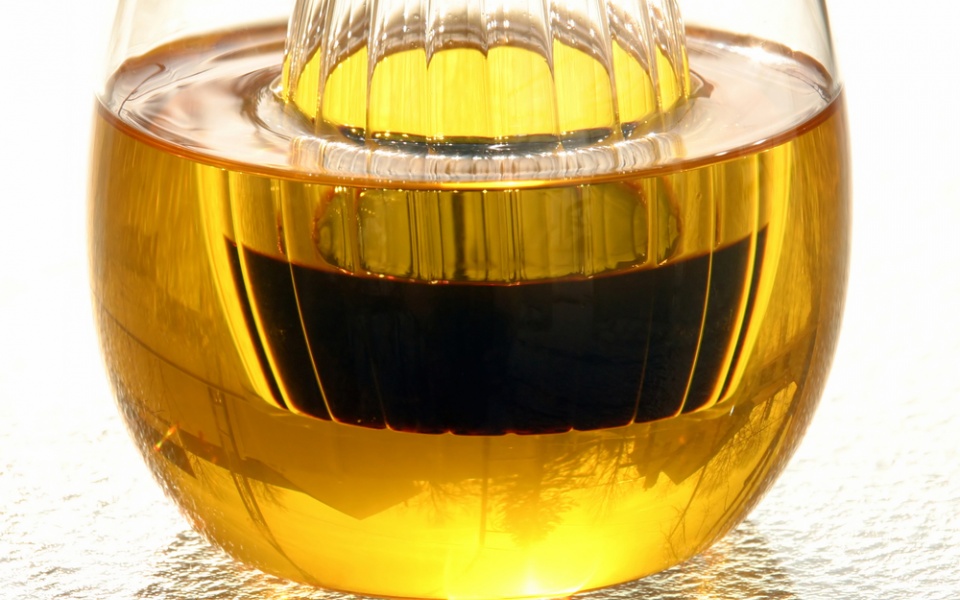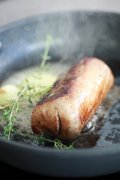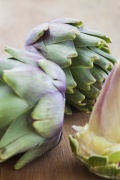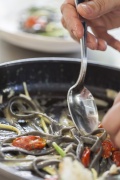 TIPS
TIPS

The use of the term vinaigrette is an issue which, as I have ascertained, causes some confusion. Many wrongly believe that vinaigrette sauce is a specific sauce with specific ingredients, like béchamel sauce or tomato sauce. However, the term vinaigrette expresses a broad range of sauces whose common denominator is the groups of ingredients used to prepare them as well as the preparation method used for their production. There are some basic categories of ingredients found in every vinaigrette sauce:
- Oily substance/oil
- Acid
- Flavor base
- Emulsifier
Of the above categories, the first two are absolutely necessary while the other two influence the flavor and texture of the vinaigrette but their use is not necessary.
The term oily substance refers to ingredients such as olive oil, sunflower oil, hazelnut oil, etc.
The term acid refers to ingredients such as vinegar (white, red, apple, balsamic, etc.), fruit juices (lemon, orange, and pomegranate) or even wine. These ingredients can be used on their own or in combination. So, vinaigrette is a sauce consisting of lemon juice and olive oil as well as another sauce consisting of sunflower oil and balsamic vinegar. The basic ratio between the two ingredients, which is also a very useful and memorable guide for the preparation of vinaigrette, is: 1 part acid to 3 part oily substance in volume. In other words, if you place 1 cup of lemon juice with 3 cups of olive oil in a bowl and mix well, you will have prepared a very simple lemon vinaigrette sauce.
The third category of ingredients, what we call the flavor base, includes various ingredients which aim to offer specific flavors. Such ingredients are herbs, aromatic vegetables, vegetable purees, olives, capers, etc.
The fourth category (emulsifier) includes ingredients whose aim is to facilitate the bonding between the oily substance and the acid. A couple of the most common are mustard and egg yolks. It is well known that oil and water do not mix without outside intervention. When brought together, the oil stays on the surface and the water, or in this case the acid, which is water-based, sinks to the bottom of the bowl. If you mix them together you will observe that they do mix well; they will form a thicker mixture but only temporarily. What we require of vinaigrette usually is a consistent mixture which will cover the surface of the food better, serving thus the basic purpose of a sauce. Using ingredients such as mustard and yolks helps us achieve a mixture which remains homogenized for longer.
The uses of vinaigrette are numerous and not confined to salads. Vinaigrette can be used in marinades and as a sauce for meat, fish, seafood and vegetables. It is an easy sauce which can be made quickly and kept for some time. It is also easy to create new flavors by changing one or two ingredients.














